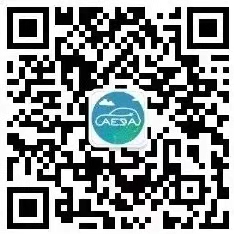Heating
1. Introduction to low temperature heating
With the increasing popularity of new energy vehicles, problems such as short mileage, difficulty in starting, and difficulty in charging when using new energy vehicles in cold regions have become increasingly severe. The working characteristics of lithium-ion power batteries are more sensitive to the working environment, working conditions and aging conditions, especially the driving mileage will be significantly reduced in low temperature environments. In addition, the charging rate of the power battery in a low temperature environment is small and it is difficult to achieve full charge, which is likely to cause the negative electrode to deposit lithium and cause permanent damage to the power battery. Therefore, the low-temperature heating method of the power battery is a key technology to ensure the application of new energy vehicles in all climates and working conditions.
2. Common low temperature heating methods and classification
As shown in Figure 1, the methods for low-temperature heating of power batteries at home and abroad are mainly divided into two categories according to the location of the heat source: internal heating and external heating. Among them, the external heating methods mainly include air convection heating, liquid convection heating, phase change material heating, electric heating element heating and Peltier effect elements, etc.; internal heating methods are mainly divided into alternating current heating, pulse current heating, All-climate battery and electric trigger self-heating methods. In the next section, we will introduce a design of a non-destructive and fast alternating current heating strategy for power batteries at low temperature.
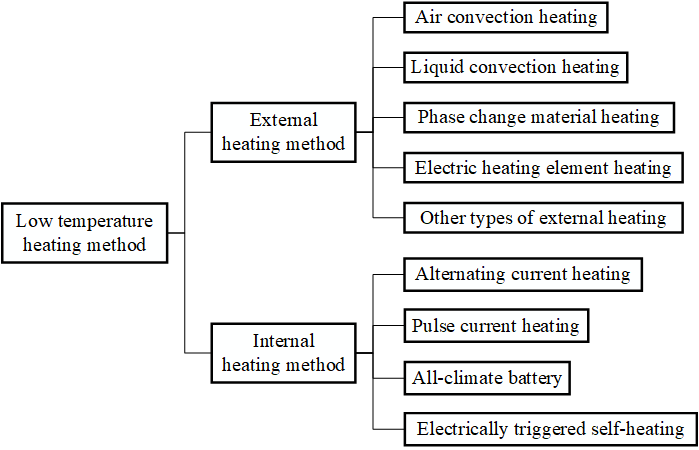
Figure 1 Classification of low-temperature heating methods
3. Principle of alternating current heating
The alternating current heating method is a battery heating method that directly heats the inside of the battery through alternating current excitation. As shown in Figure 2, in the low temperature condition, the alternating current power supply outputs alternating current, so that the current continuously flows through the internal impedance of the battery to generate heat, thereby realizing the heating of the battery.
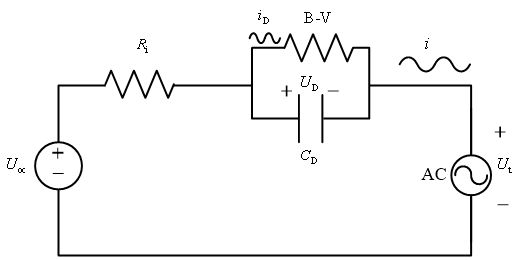
Figure 2 Schematic diagram of the alternating current heating method
When the power battery is loaded with alternating current excitation, the diffusion process of lithium-ions in the electrode active material particles alternates, that is, after the power battery undergoes the lithium insertion reaction, the lithium removal reaction occurs immediately, and the lithium generated by the lithium insertion reaction is consumed by the lithium removal reaction. Because the lithium produced and consumed in each cycle is balanced, it can reduce the possibility of permanent damage to the capacity, that is, the excitation method will not significantly affect the service life of the power battery.
During the low-temperature alternating current heating process, the temperature rise rate of the power battery increases as the excitation current amplitude increases. However, if the excitation current is too large, the terminal voltage of the power battery will exceed its maximum allowable threshold, which will affect the service life of the power battery. Under the premise of limiting the excitation current amplitude, as the alternating current excitation frequency increases, the electrochemical reaction period becomes shorter and the temperature rise rate will increase. The power battery will not accumulate lithium during the entire alternating current excitation process. Therefore, when alternating current excitation is applied to heat the power battery, the value of the excitation current amplitude and the excitation frequency should not only focus on their influence on the temperature rise rate, but also need to take into account the safety performance and health of the power battery. Based on this, a fixed frequency echelon heating method is proposed.
The method is to minimize the energy loss of the energy supply system and shorten the heating time under the premise of ensuring the service life and operational safety of the power battery. This method obtains data such as the current temperature, terminal voltage and ambient temperature of the power battery according to the sensor, and calculates and updates the amplitude of the alternating current in time and applies it to the power battery so that the excitation current is within the allowable carrying current range of the power battery to ensure The terminal voltage of the power battery does not exceed the limit, which improves the low-temperature working performance of the power battery and guarantees the reliable operation of the power battery.
4. Main formula
Under alternating current excitation, the formula for calculating the heat production rate q is

In this formula, i is the excitation current amplitude, and RQ is the real part impedance (related to temperature and can be obtained offline by EIS). According to the B-V equation, the mathematical expression of polarization current iD and the expression of polarization voltage UD


After discretization, the upper and lower amplitudes of the allowable excitation current are obtained.


Optimal excitation current amplitude is iopt,t+Δt
![]()
It should be noted that Ri, CD and i0 are obtained by parameter identification methods. According to the different ambient temperature of the battery, the amplitude of the excitation current can be updated in time according to the above formula. Figure 3 is the excitation current amplitude curve in the heating experiment by calculating and updating the excitation current amplitude every 2℃.
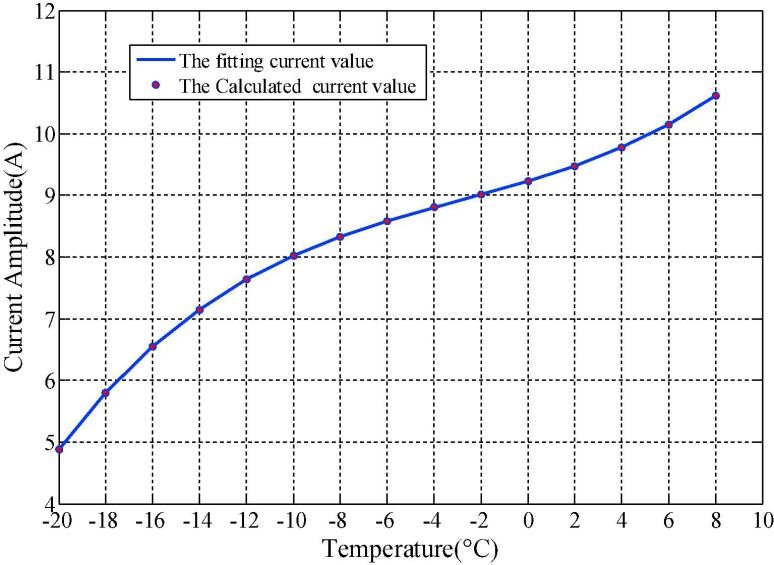
Figure 3 Excitation current amplitude of power battery
The heating process is shown in Figure 4.

Figure 4 Flow chart of echelon heating
5. Result analysis
Using the above-mentioned heating experiment method, echelon heating is performed on the four power battery packs. The results in Figure 5 show that the echelon heating method heats the four power battery packs from -20.3℃ to 10.02℃ in 12.4 minutes, and the temperature rise rate is 2.47℃/min, which can achieve ideal high-efficiency temperature-rise effect, and the temperature rise consistency of the four power battery pack is better.

Figure 5 Temperature rise curve of 4 power battery pack
Figure 6 shows the change in charge and discharge capacity of the power battery after 40 echelon heating cycles. The results show that this echelon heating method has no significant impact on the life of the power battery, and it can be considered as a preheating method for power battery applications in low-temperature environments.
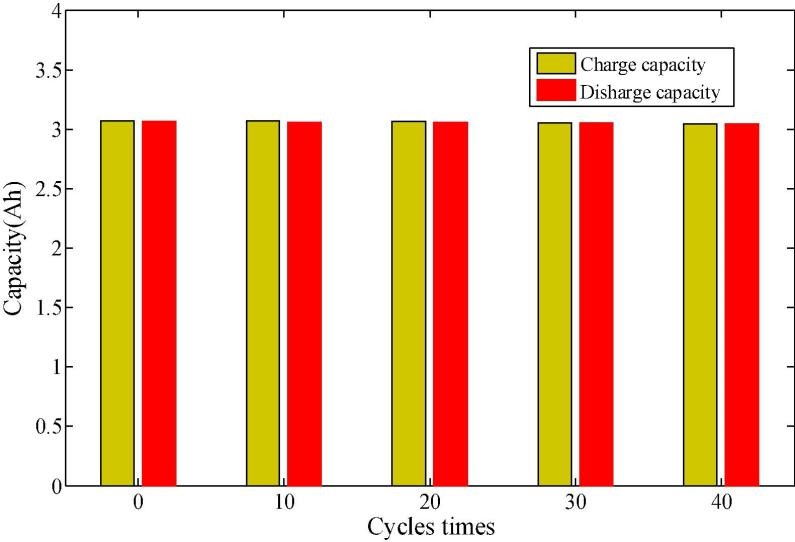
Figure 6 Power battery charge and discharge capacity after cyclic heating
6. References
[1] R. Xiong. Core Algorithms of Battery Management System. Beijing:China Machine Press,2018. (Chinese) (Chapter Eight)
[2] R. Xiong*, K. Wang and S. Guo, “Hybrid Preheating Method for Lithium-ion Battery Used in Cold Environment”, Journal of Mechanical Engineering, vol. 55, no. 14, pp. 53-59, Jul 2019. (Download)
[3] R. Xiong, W. Sun, Q. Yu* and F. Sun, “Research progress, challenges and prospects of fault diagnosis on battery system of electric vehicles”, Applied Energy, vol. 279, pp.115855, Dec 2020. (Download)
[4] R. Xiong*, Y. Pan, W.X. Shen, H. Li and F. C. Sun, “Lithium-ion battery aging mechanisms and diagnosis method for automotive applications: Recent advances and perspectives”, Renewable and Sustainable Energy Reviews, vol. 131, pp. 110048, Oct 2020. (Download)
[5] R. Xiong*, S. Ma, H. Li, F. Sun and J.Li, “Towards a Safer Battery Management System: A Critical Review on Diagnosis and Prognosis of Battery Short Circuit”, iScience, vol. 23, no. 4, pp. 101010, Apr 2020. (Download)
7. Available Resources
(1) Very fast heating data at low temperature: click to download(![]() Low temperature heating)
Low temperature heating)

